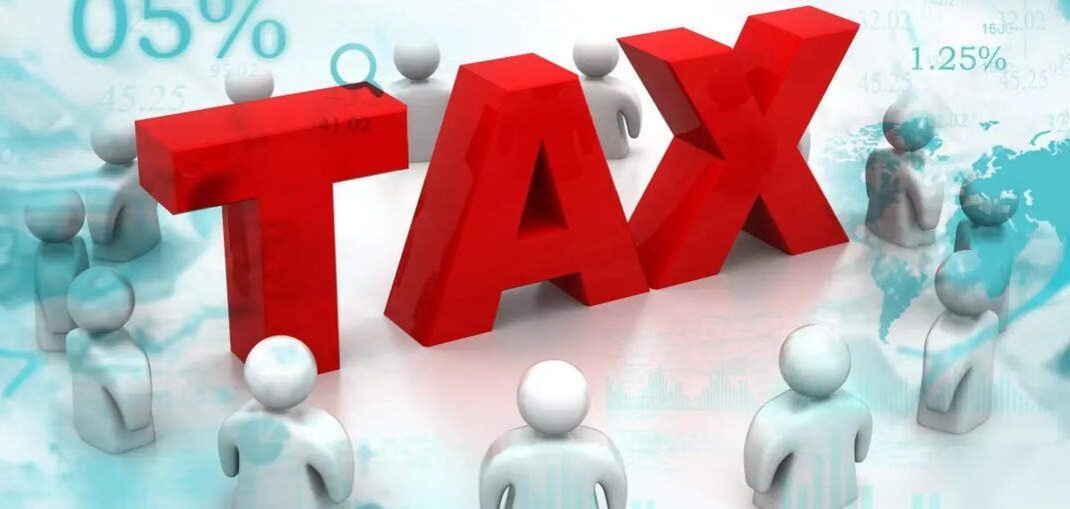Section 80C limit increased by 0%, inflation up 46% since 2014: How much should it be raised in Budget 2023?
Few people have adopted the new tax system that was announced in budget 2020 since most people prefer the old tax system because they can use its numerous deductions to save a larger amount of tax. Section 80C is one of the most frequently employed tax-saving strategies by the great majority of individual taxpayers. However, a significant portion of these taxpayers now consider its cap insufficient. For several budgets, they have been eagerly awaiting an increase in the cap, but have been let down.
Will the budget that is being proposed meet this demand? Regarding the likelihood of such a rise, there are some compelling reasons for optimism.
The current version of Section 80C was developed during the 2005 budget. However, the initial cap was merely Rs. 1 lakh and it combined numerous prior refunds. The then-finance minister P Chidambaram had stated in his budget 2005-06 speech that “every taxpayer to be allowed a consolidated limit of Rs 1 lakh for savings that will be deducted from the income before tax is calculated; all existing sectoral caps to be removed; rebate under Section 88 being eliminated; and Section 80L being omitted to reflect the new regime.”
Arun Jaitley, who was the finance minister at the time, increased this cap to Rs. 1.5 lakh each fiscal year in 2014. This was one of the significant reliefs that the newly established administration provided in its first budget. The 80C limit has not, however, been raised since that time. It will have been nine years since the latest hike, which occurred in 2014. As a result, another hike cannot be completely ruled out.
Taxpayers in the middle class require relief from the tremendous inflation
There are additional factors that call for a greater Section 80C exemption. One of the major issues facing the middle class has been the ongoing increase in living costs. Retail inflation spiked last year and continued to exceed 6% in the first 10 months of 2022, despite the Reserve Bank of India’s (RBI) best efforts to bring it down by raising repo rates to record levels. Rising interest rates have also caused loan EMIs to rise significantly, particularly for borrowers of home loans. This has further reduced disposable income and depleted household budgets.
Before the election, this government’s final complete budget
The majority of individual taxpayers anticipated a significant relief from the newly established government in 2019. But it didn’t show up. The government may provide some respite to those coming out of the challenging 2-3 years defined by the Covid-19 pandemic and the Russia-Ukraine war since the upcoming budget would be the last full budget until the general elections in 2024.
Any significant tax-related decisions may not be made since the departing administration may seek a vote on account the following year. Therefore, a year before the general elections, there is a significant chance that the administration will offer some long-awaited relief to middle-class taxpayers.
Since inflation has never been a major worry during the present administration, the current circumstance may prompt the government to increase the limit of the most popular tax-saving tool of middle-class taxpayers.
The current cap is insufficient in light of the expense of living
Section 80C is a group of deductions that are combined under one section and not a single deduction advantage. The only general income tax section where everyone can save some money on taxes is 80C. This area covers a broad range of topics, including life insurance policies, tuition costs, and the principal portion of home loans, according to Govila, including PPF/EPF, ELSS, NSC, NPS, and SSY.
Given the nine-year gap between increases, providing a larger relief this time will maintain the limit in effect at least for the first half of the time until the next rise. Even a substantial respite would, however, only provide limited value to taxpayers. According to Govila, “Even after raising it to Rs 3 lakh, a significant portion of investments made in the securities covered by the section would continue to be taxable for a middle-class individual.”
This is due to the fact that, with few exclusions like PPF, EPF, and SSA, taxpayers would still have to pay tax on the income received on the majority of Section 80C-eligible investment options. Consequently, the 80C relief is not a complete relief in every aspect of investment.

